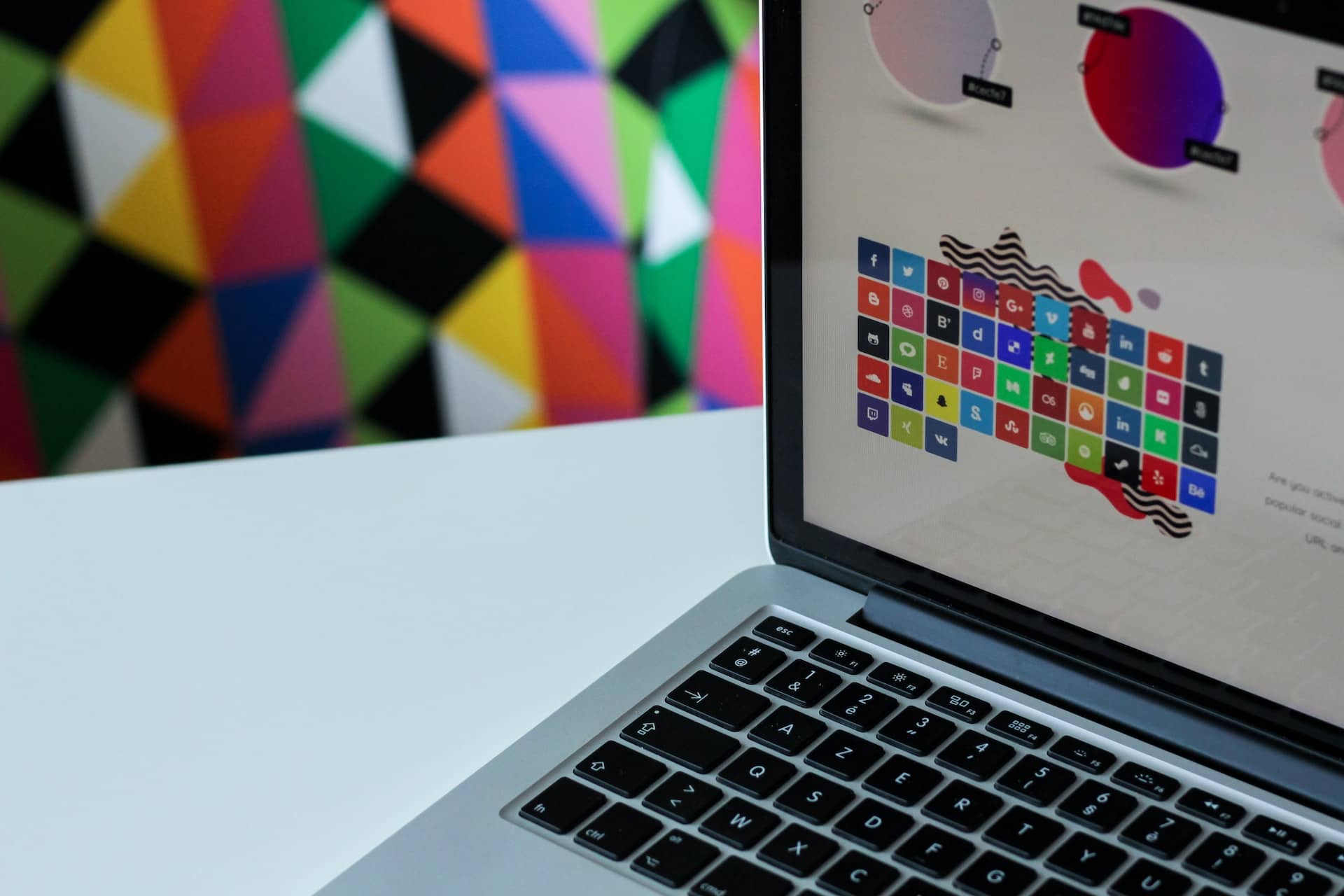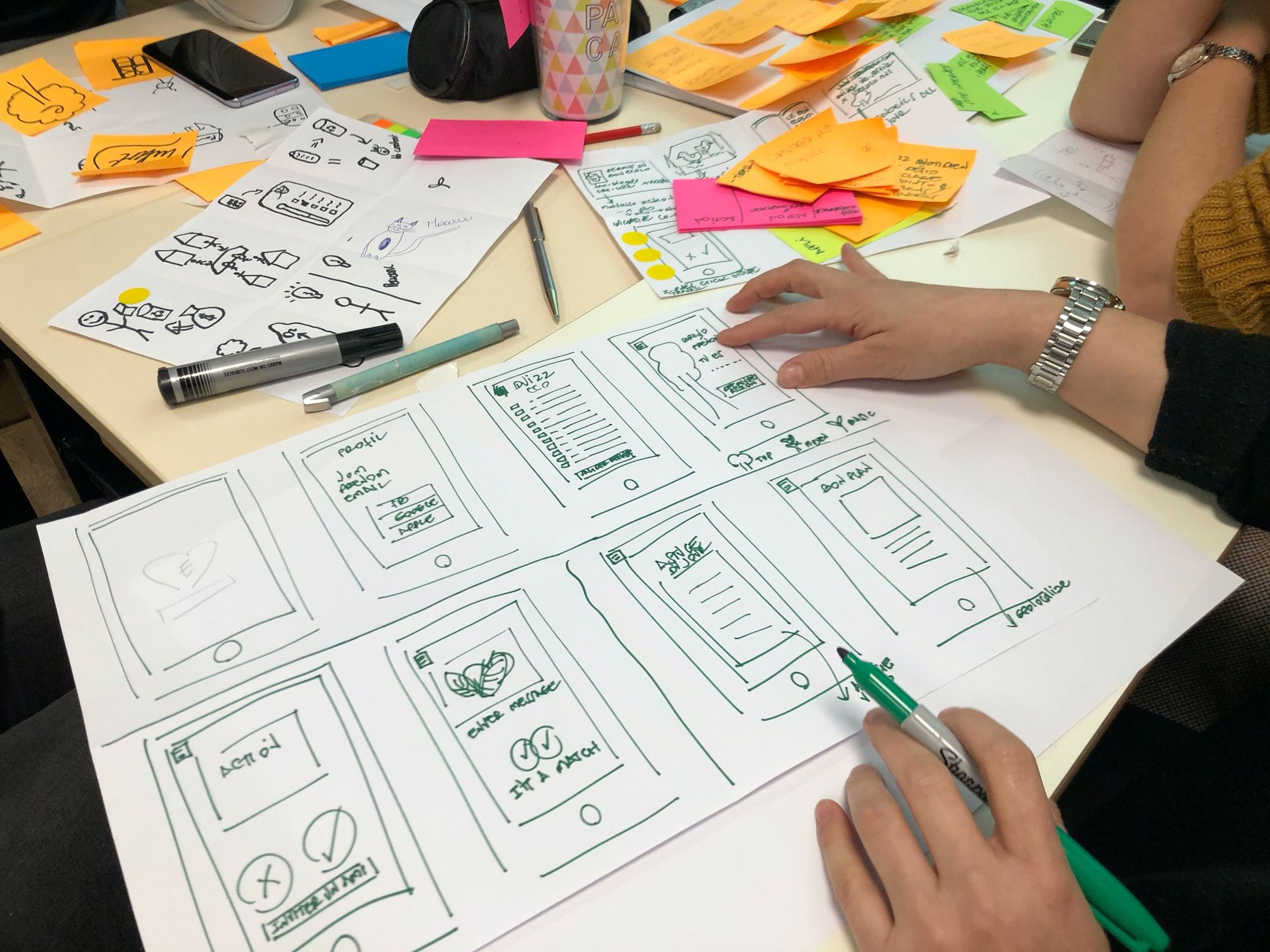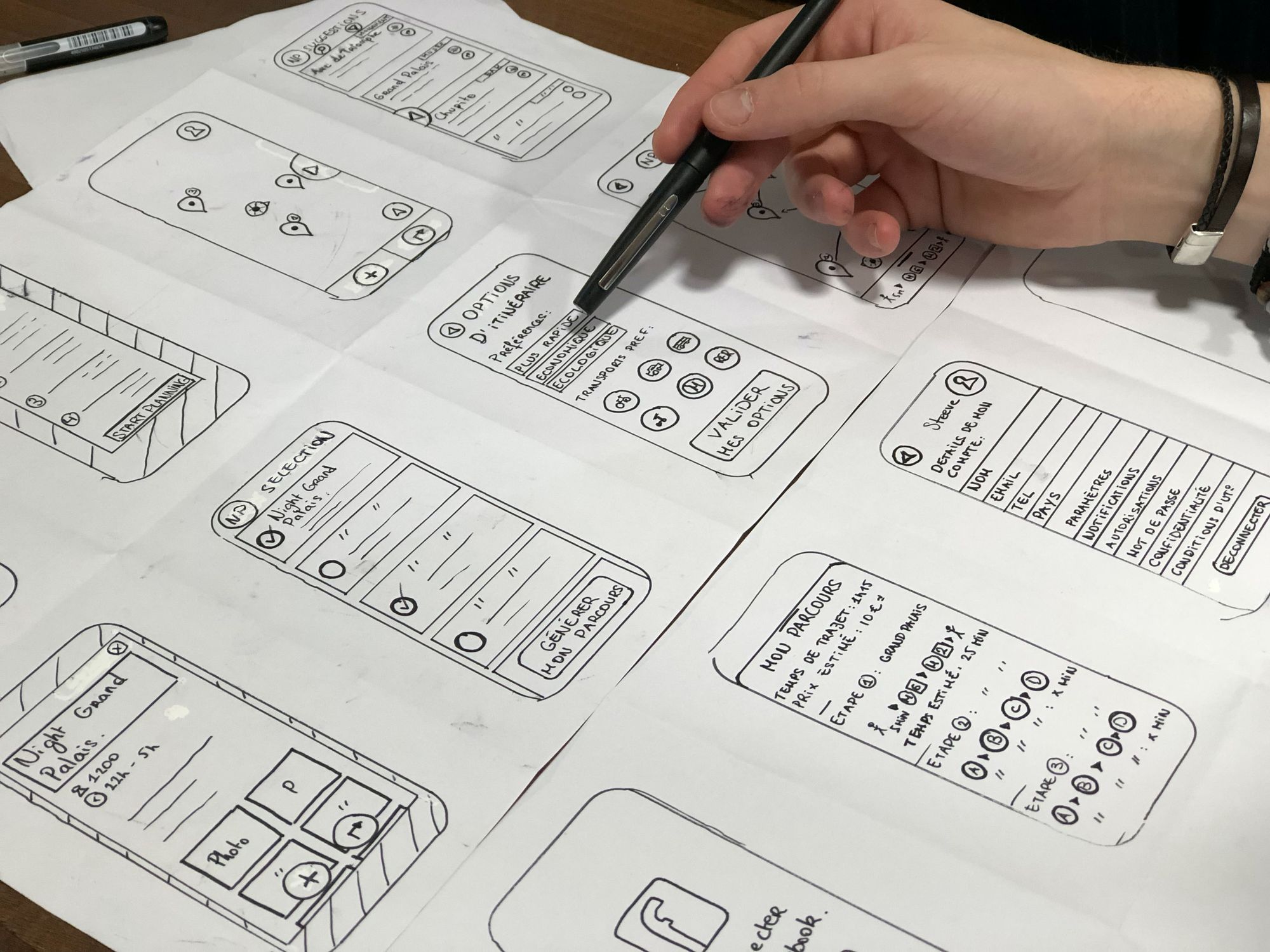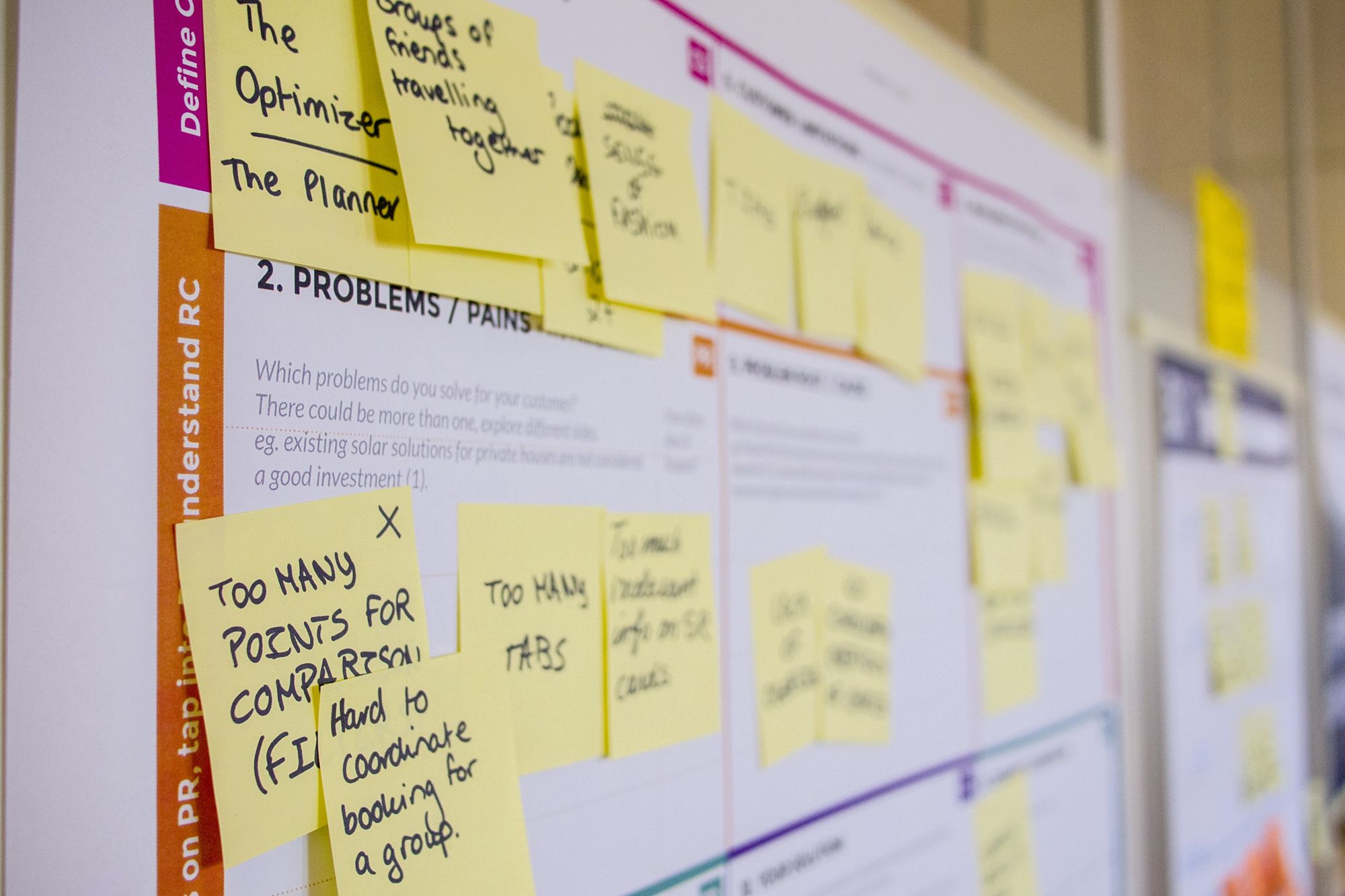The Role of Psychology and Storytelling in UI/UX design

Do you ever consider reading a blog with no story and engagement behind it that bluntly spits out lengthy information? No, right? That is where the two primary aspects of engaging content dive in - psychology and storytelling, which should be in sync with the UI and UX design that creates a compelling and enjoyable user experience.
With the evolvement of digitization, UI and UX design are pacing up. They have become one of the primary aspects of creating a compelling visualization that users can engage with.
Psychology backed by interactive storytelling plays a crucial role in understanding human behavior and decision-making, which is essential for effective UI/UX design. By understanding user needs, motivations, and cognitive processes, designers can create intuitive, efficient, and satisfying interfaces.
Through psychology, UI/UX designers can create designs that look good and meet the users' needs and provide a positive experience. Additionally, psychology and storytelling are essential in understanding the way users interact with technology and how to design interfaces that support those interactions.
Storytelling can increase user engagement by creating a narrative and emotional connection between the user and the product. When users can relate to the story and characters, they are more likely to become invested in the product and want to use it. Storytelling can also create a sense of purpose and meaning for the user, making the product more valuable and relevant.
Storytelling can also guide users through the product, providing a clear path to follow. This can make the product more intuitive and easy to use, reducing friction and increasing engagement. Additionally, storytelling can communicate the product's value proposition clearly and compellingly, making it more attractive to users.
To summarize the importance of incorporating psychology and storytelling in UI and UX design in Joe Leech's words, author of "Psychology of Designers" -
"A designer who doesn't understand human psychologies is going to be no more successful than an architect who doesn't understand physics."
This article will uncover the importance and primary benefits of how psychology and storytelling play a crucial role in UI and UX design. We have a little bonus for you in the end as well!
User Interface (UI) vs. User Experience (UX) - Understanding the primary difference:
User interface (UI) and user experience (UX) are closely related but distinct aspects of digital product design. UI refers to a product's visual and interactive elements, such as buttons, menus, and layout. It primarily focuses on making the product easy to use and navigate and ensuring that the various aspects of the product work together seamlessly.

User Interface Design can be anything ranging from a website homepage to a product's landing page, the home page layout of a mobile application, and more.
On the other hand, UX is concerned with the overall experience of using a product, and it considers factors such as ease of use, efficiency, and satisfaction. UX designers aim to create products that are not only easy to use but also provide a positive and enjoyable experience for the user.

Both UI and UX play a crucial role in influencing consumer psychology. A well-designed UI can make a product easy to use and understand, leading to increased user engagement and satisfaction.
A positive UX, on the other hand, can create an emotional connection between the user and the product, leading to increased loyalty, customer acquisition, and retention.
How do color contrast in UI and UX design help influence consumer psychology?

One of the main ways that color contrast can influence consumer psychology is by making it easier for users to navigate and interact with a product. When there is a high contrast between the background and the text or other elements on the screen, it is easier for the user to read and understand the information. This can lead to increased user engagement and satisfaction, as users can quickly find and access the information they need.
Additionally, color contrast can influence consumer psychology by creating a sense of hierarchy and organization. By using different colors and discrepancies to indicate different levels of importance or other types of information, designers can guide the user's attention and make it easier for them to understand the structure of the data. This can reduce confusion and increase the user's sense of control over the product.
Color contrast can also play a role in creating an emotional response in users. For example, warm colors (e.g., red, orange) can develop a sense of excitement and urgency, while cool colors (e.g., blue, green) can create a sense of calm and tranquility. This can influence the user's emotional state and lead to increased engagement and satisfaction, compelling users to buy the business's products as a result of emotional attachment.
Color contrast in UI/UX design can significantly impact consumer psychology by making it easier for users to navigate and interact with a product, creating a sense of hierarchy and organization, and creating an emotional response in users. By using color contrast effectively, designers can guide the user's attention, reduce confusion, and create a positive emotional experience.
Psychology of UX and UI design:

The psychology of UX and UI design refers to how psychological principles and theories are applied in designing user interfaces and user experiences. Some of the applied psychological tenets are:
Affordances- Affordances refer to the perceived properties of an object or environment that suggest how it can be used. In the context of UX and UI design, affordances can be used to create intuitive and easy interfaces by making it clear to the user what actions are possible and how to perform them.
Mental Models - Mental models refer to the internal representation of the world that people have in their minds, which they use to make sense of the information they receive. In UX and UI design, mental models can be used to create consistent and predictable interfaces by aligning the design with the user's existing mental models of how things work.
Cognitive processing - Cognitive processing involves user interaction with a digital product, such as perception, attention to detail, and decision-making. Understanding how users process information and make decisions can help designers create interfaces that are easy to understand and support efficient and effective decision-making.
Emotional Response - The psychology of UX and UI design also considers users' emotional responses to a digital product. The design should evoke positive emotions like satisfaction, delight, and trust. This can be achieved by creating a sense of consistency, familiarity, and predictability, which can make the user feel more comfortable and in control.
By understanding and applying these principles, designers can create intuitive, consistent, efficient, and emotionally positive user interfaces.
Benefits of using Consumer psychology in effective UI designing:

Easy accessibility: Understanding the psychological principle of inclusive design can help create interfaces accessible to users with different abilities, which is essential for users with disabilities.
Increased conversion rates: By understanding how people make decisions and what motivates them to take action, designers can create more effective interfaces to convert users into customers.
Strong brand image: By understanding how to create an emotional connection with users, designers can create more engaging and memorable interfaces. This can lead to increased user retention and loyalty.
Reduced user errors: By understanding how people make mistakes and what causes confusion, designers can create interfaces that are less prone to errors and easier to recover from.
What is the use of psychology and storytelling in effective UI designing?

Using psychology and storytelling in UI design can help create a more intuitive and user-friendly interface by using human behavior and cognition principles to guide design decisions.
For example, a designer might use psychology to consider how people process information visually and arrange elements on a page to optimize readability. On the other hand, storytelling can be used to create a narrative that guides users through the interface, making it easier for them to understand how to use it.
Additionally, storytelling can also be used to create an emotional connection with the users and make the interface more engaging. Overall, combining psychology and storytelling can help create a more effective UI design that is intuitive, easy to use, and emotionally engaging for users.
Why is storytelling important in UI design, and what are the benefits?

Storytelling is vital in UI design because it helps create a narrative that guides users through the interface, making it easier for them to understand how to use it. A well-designed story can help users understand the purpose and value of the product or service and can also help create an emotional connection with the users.
Benefits of Storytelling in UI:
Improved usability and user engagement: Storytelling can make the interface more intuitive and easier to use by providing a straightforward narrative that guides users through the interface. This can lead to increased user engagement and a better overall experience.
Increased conversions: An emotionally engaging story can create a stronger connection with users and motivate them to take action, such as making a purchase or signing up for a service.
Strong brand identity: A unique and compelling story can help set a product or service apart from competitors and create a stronger brand identity.
Better customer retention: Storytelling can also be used to create a memorable and consistent experience, which can help users remember and return to the product or service.
10 Tools to use to understand User psychology:

Surveys: Surveys are a great way to gather information directly from users about their thoughts, feelings, and behaviors.
User Interviews: Interviews allow designers to ask open-ended questions and study more in-depth information about user needs, goals, and behavior.
Heatmaps: Heatmaps track where users click on a page and can reveal patterns in user behavior.
A/B Testing: A/B testing allows designers to test different versions of an interface and compare how users interact with each one.
Usability Testing: Usability testing allows designers to observe users as they interact with an interface and gather feedback on areas that are confusing or difficult to use.
Eye tracking: Eye-tracking technology can reveal where users look on a page and how long they spend looking at specific elements.
Card Sorting: Card sorting is used to understand how users categorize and organize information.
Clickstream data: Clickstream data track users' actions as they navigate through a website or app and can reveal patterns in user behavior.
User personas: User personas are fictional representations of actual users that can help designers understand user needs and goals.
Analytic tools: Tools such as Google Analytics can provide data on user behavior, such as how long they spend on a page and what pages they visit.
Takeaway:
Psychology and storytelling play a crucial role in UI/UX design. By understanding the principles of human behavior and cognition, designers can create interfaces that are more intuitive and easy to use. On the other hand, storytelling can help create a narrative that guides users through the interface and makes it more emotionally engaging.
Combining psychology and storytelling can lead to a more effective UI design that can better meet users' needs and increase user engagement and conversion rates. Additionally, by understanding users' psychology, designers can create interfaces that are more inclusive and accessible, leading to a more diverse user base.
Overall, by considering both psychology and storytelling in the design process, designers can create interfaces that are functional and enjoyable to use.
Bonus:
As an added advantage, Salt Technologies helps you achieve the same and pace up in today's competitive digital market through a suite of comprehensive and interactive UI and UX design solutions.
We specialize in developing interactional and responsive UI and UX designs that are tailored to your business needs and requirements and can be customized accordingly as your business grows.
Contact us for more detailed queries wherein we can evaluate your current business requirements and put forward our best foot in your UI/UX development needs.